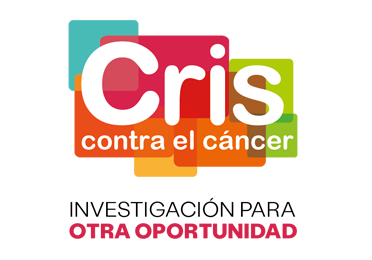As last year came to a close, the European Research Council (ERC) announced the 44 recipients of its highly sought-after Proof of Concept (PoC) grants from its second 2015 call round. Amounting to €150.000 of funding for each awardee, this ERC support, within the framework of the EU´s biggest Research and Innovation program to-date – Horizon 2020, will help to fuel ERC approved projects par excellence that were selected from among a total of 107 highly competitive proposals submitted by current ERC grant holders.
ERC´s prestigious PoC´s, created in the year 2011, are only open to existing ERC supported researchers and provide essential top-up funding to explore the commercial or innovative potential of their ERC-funded research results. Since ERC endorsement undoubtedly translates in a seal of excellence, recognized the world over, the recently announced second round recipients can arguably be considered as ERC´s elite. One such talent is VHIO´s Laura Soucek, Principal Investigator of VHIO´s Mouse Models of Cancer Therapies Group and ICREA Professor.
ERC first backed Laura´s research in 2013 by awarding her group one of its prestigious €1.7 M Consolidator Grants (CoG) to develop novel strategies to inhibit Myc – a protein implicated in the formation of most tumor types. Having previously evidenced that Myc inhibition has a tremendous therapeutic impact across several mouse models of cancer (papilloma, insulinoma, non small cell lung cancer as well as glioma), with, importantly, mild, well-tolerated and reversible side effects in normal tissues, Laura´s team succeeded in raising the bar even higher.
Thanks to the ERC CoG funding, their extended preclinical studies evidenced that the dominant-negative cell penetrating peptide, known as Omomyc (OmomycCPP), shows great promise as a viable and direct Myc inhibitor, whose application could extend to multiple types of cancer, irrespective of mutational profile or tissue of origin. Not only would this evidently represent an important advance in our collective quest to combat cancer, it would also offer a less invasive form of therapy since the group´s studies also showed that it can be successfully administered intranasally, directly to the brain and lung (among other tissues), in order to deliver its powerful anti-cancer blows.
The PoC will now enable Laura and her team to step on the accelerator in driving the technological development of Omomyc. “I am extremely grateful to the ERC for its generous support and belief in our research from the very outset. Our PoC funding will now allow us to pre-commercialize our peptide by establishing feasibility and cost estimations for its industrial manufacturing in compliance with recommendations as stipulated by the relevant legislative bodies”, observes Laura.
“This grant will not only empower us to further cement crucial relations with a Contract Manufacturing Organization and other key stakeholders implicated in this development phase, but will also help us to secure the essential backing from venture capital firms and business angels, some of which are already on board. The next step for Omomyc will be then to undergo preclinical toxicology assessment in order to continue its development process”, she concludes.
Their one-year PoC project entitled Developing an anti-Myc cell-penetrating peptide for cancer treatment, officially initiated last month, aims at successfully translating Omomyc-based therapy into clinical application and ultimately, direct benefit for numerous cancer patients. By so doing, the Omomyc peptide would become the first ever clinically viable and direct inhibitor of Myc to treat brain, lung, and other types of cancer.
###
For more information please contact: Amanda Wren, Director of Communications, Vall d´Hebron Institute of Oncology (VHIO), Tel: +34 695 207 886, Email: awren@vhio.net.








